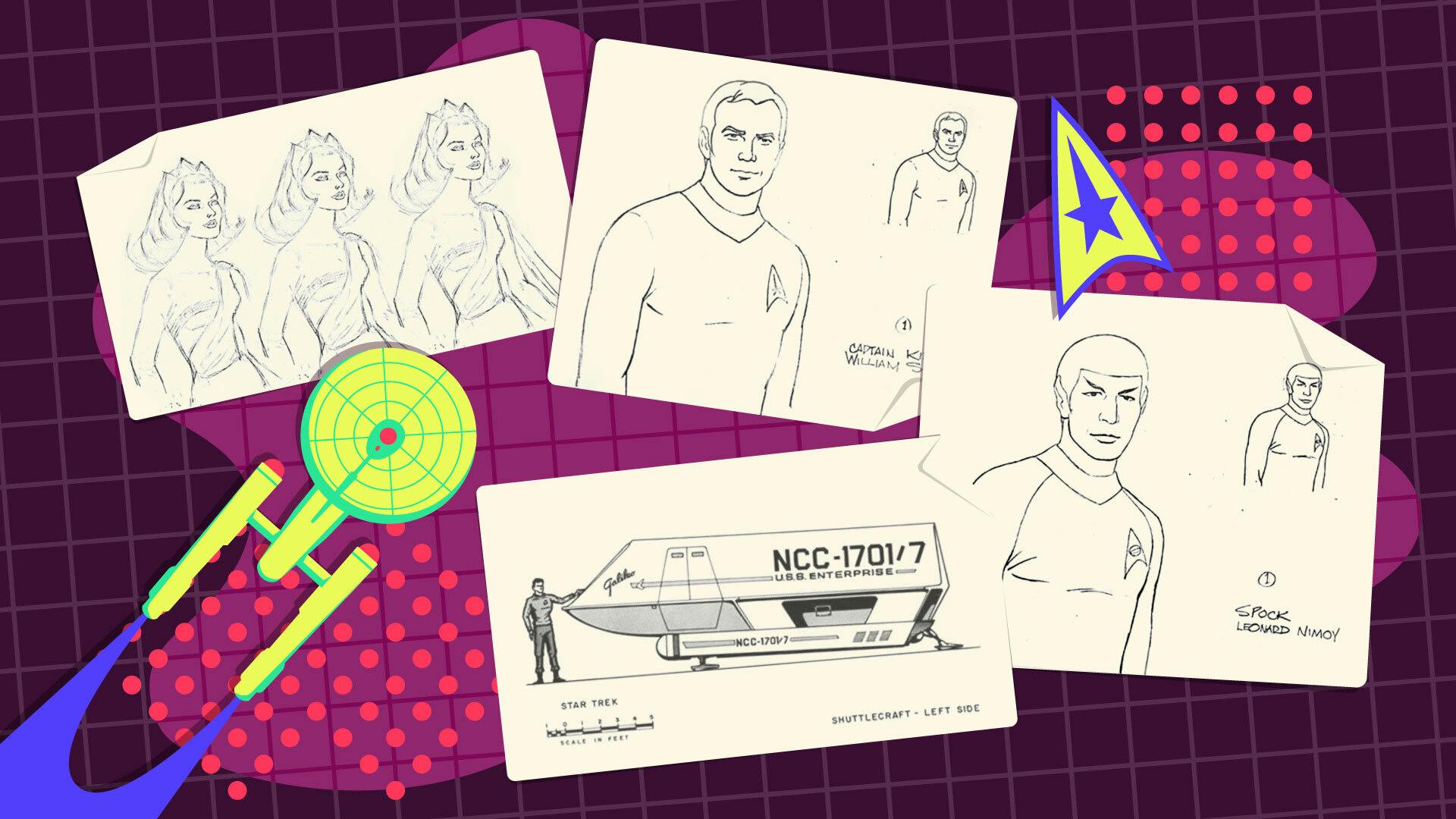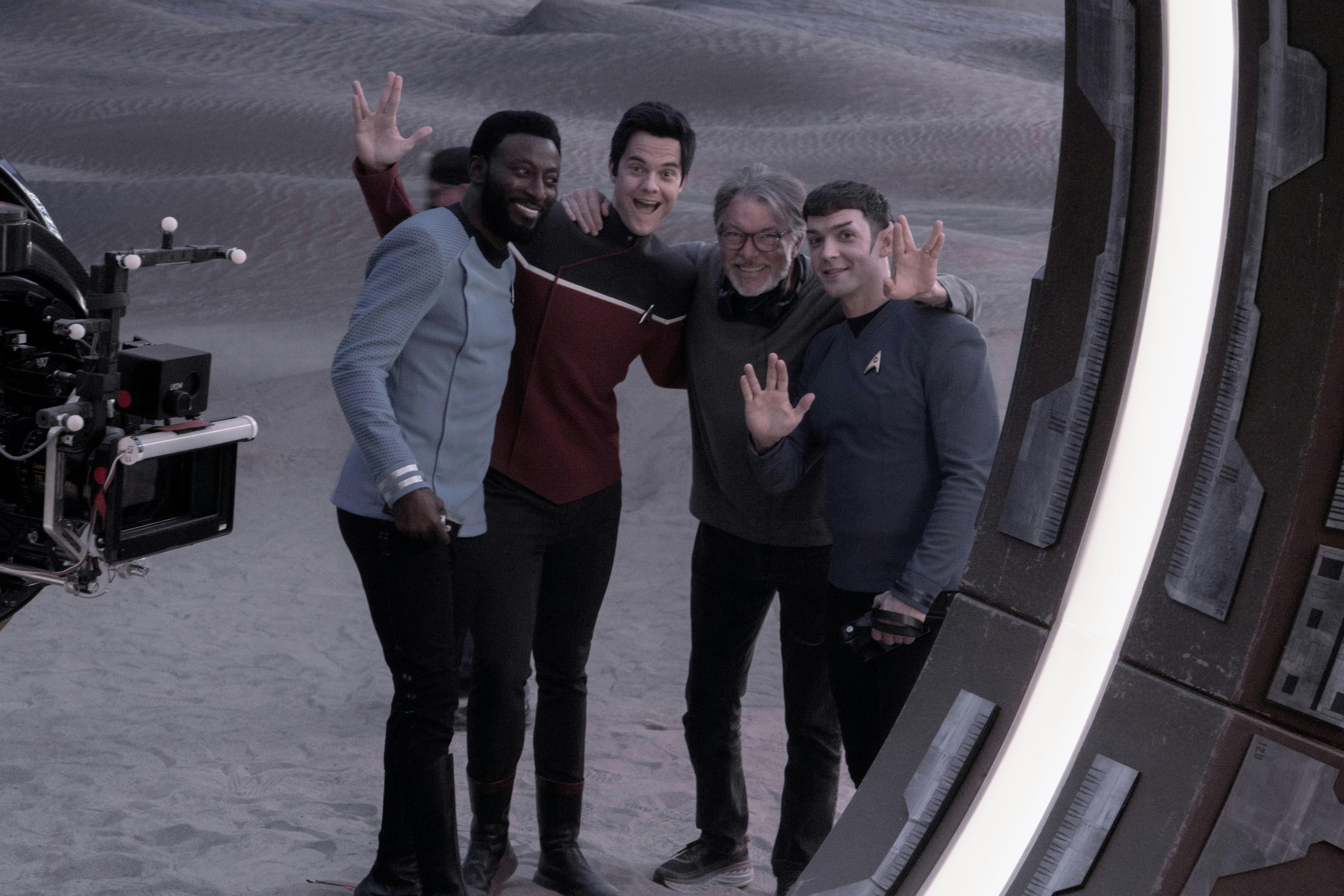Published Nov 2, 2020
Welcome to Star Trek: Discovery's Year 3188
Behind-the-scenes of this season's motion graphics.
Welcome to 3188! We take you behind-the-scenes of this season's Star Trek: Discovery motion graphics. In this new era things may look familiar but what is not obvious is many of them are comprised of programmable matter. That is matter that can be controlled and programmed at the most fundamental level.





